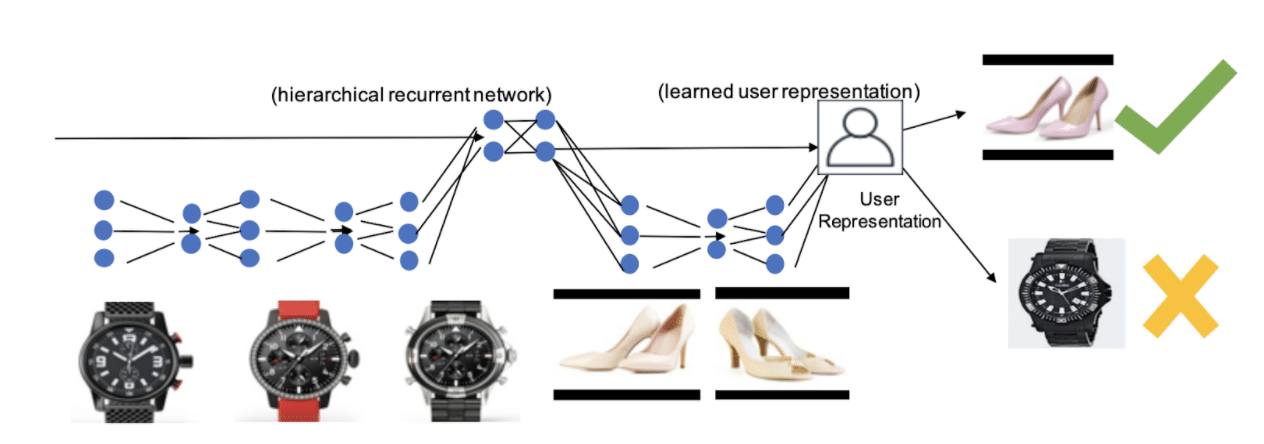What is conversational banking?
The financial industry is undergoing a digital revolution, with traditional methods of banking being replaced by faster, more efficient, and…
Read more27. 10. 2020.

Needs in the IT sector are constantly changing. After Coronavirus hit us unexpectedly, this is true, more than ever. In order to keep distance from each other, we were forced to limit all our activities that can’t be done online. At first, this was shocking and we weren’t prepared for such change. But when we got used to it, we have realised that online business isn’t the future, it is NOW.
Users now expect reliable eCommerce platforms, with satisfying user experience. Having in mind a great number of users, products and competition, it is clear that this is really hard to achieve. So, during quarantine, we tried to make the most of it and to come up with something that can be valuable to our clients and that will improve both the eBusiness and core business. We decided to focus on creating the next generation recommender systems.
In our other blog posts, you can find a detailed explanation of recommender systems. In short, recommender systems on e-commerce websites suggest new items to customers by collecting preferences of people based on the analysis of people’s behavior. Recommender systems can bring numerous benefits to companies that are using them:
The e-commerce industry is going to expand in a bigger scale, and so are recommendation engines. The next generation recommender systems are expected to include the following features:
Knowing all of this, we tried to find architecture for a new recommender engine that can work with online data, in real time and that can gain insights about users for better and more personalized recommendations. That “unicorn” is the HRNN model.
Why session-based recommender? In many online systems where recommendations are applied, interactions between a user and the system are organized into sessions and those sessions have a goal – to find some product or service. If the model is aware of what is the intent of the user in a given session, performance of recommendations can be improved with that information and they will be more relevant. But user history is also important – if two users in previous sessions have different interests, they should get different recommendations in current sessions, even if current sessions are the same. In order to achieve that, we are using the HRNN model.

In one of our next blog posts, we will write about HRNN in detail, but in general, the idea is that we apply this algorithm when user identifiers are present and propagate information from the previous user session to the next, thus improving the recommendation accuracy.

Source: https://arxiv.org/pdf/1706.04148.pdf
In the picture, we can see two layers of neural networks. The upper one is session-level representation and in its memory cells it keeps information of just one session. Those informations (output) are input in the lower network, which is the user-level representation. Memory cells of lower network keeps informations about all sessions for one user and propagate those informations for every next session. With this architecture, we have covered cases when we have a user identifier, but if we don’t, this architecture comes down to just session-based recommender and takes into account just current session data. As a result, we get top N recommendations for every user session, and that’s exactly what we wanted in the first place.
If you are interested in how this was implemented in the real use case and what were the results, follow our blog, we will be happy to share our experience on this in our future blog posts. You can contact us to get some deeper explanation, or if you have an impression to share on improving and developing recommender engines of the next generation – we would be more than happy to hear it. 🙂
More sources:
https://arxiv.org/pdf/1706.04148.pdf
http://blog.analyticspath.com/artificial-intelligence/the-next-generation-recommender-systems/
https://www.xenonstack.com/blog/recommender-systems/
https://emerj.com/ai-sector-overviews/use-cases-recommendation-systems/
The cover photo is taken from https://pexels.com/@munkee-panic-272941
The financial industry is undergoing a digital revolution, with traditional methods of banking being replaced by faster, more efficient, and…
Read moreYou’re running a business, constantly looking for ways to cut costs, boost efficiency, and increase revenue. But here’s the harsh…
Read moreAgentic AI will transform industries, but with one important exception — without consolidated data, even the most sophisticated AI systems…
Read more